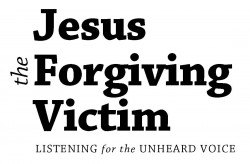While I’ve ‘moved on’ from the introductory ‘Social Other’ section of our course, questions about the nature of the social-other’s relationship to individual persons keeps percolating through my thoughts. Both are real, individual person and social-other, but what does their relationship ‘look like’? That is, how can the relationship between social-other and individual person best be pictured, or symbolized?
The image that comes to mind is one of Russian nesting dolls. If you’re not familiar with them, then paste the URL below into a new tab in your browser to see an image of these dolls:
http://www.freepik.com/free-photo/russian-nesting-doll_574762.htm
Each doll is a ‘whole’ that nests into progressively larger dolls. Nested together, the dolls form a holonic relationship; which the British dictionary defines as a relationship made up of autonomous, self-reliant units. I discovered the idea of holonic units years ago in Ken Wilber’s book: “The Marriage of Sense and Soul,” where Wilber attributed his use of ‘holonic relationship’ to Arthur Koestler.
I think that holonic relationship symbolizes well the relationship between individual person and social-other. Individual implies autonomy, and yet individual human existence is utterly dependent upon the ‘massively prior’ social-other. I think we discover the existence and nature of this relationship, if at all, only partially and very gradually through wrestling with excellent source material like that which we have here in this course.
Finally, I wonder if in 1st Corinthians 13:12 St. Paul used the image “through a glass darkly” to express the nature of another possibly nested relationship; not one with the ‘social-other’, but a relationship with One whom James refers to as the ‘Other-Other’ …
